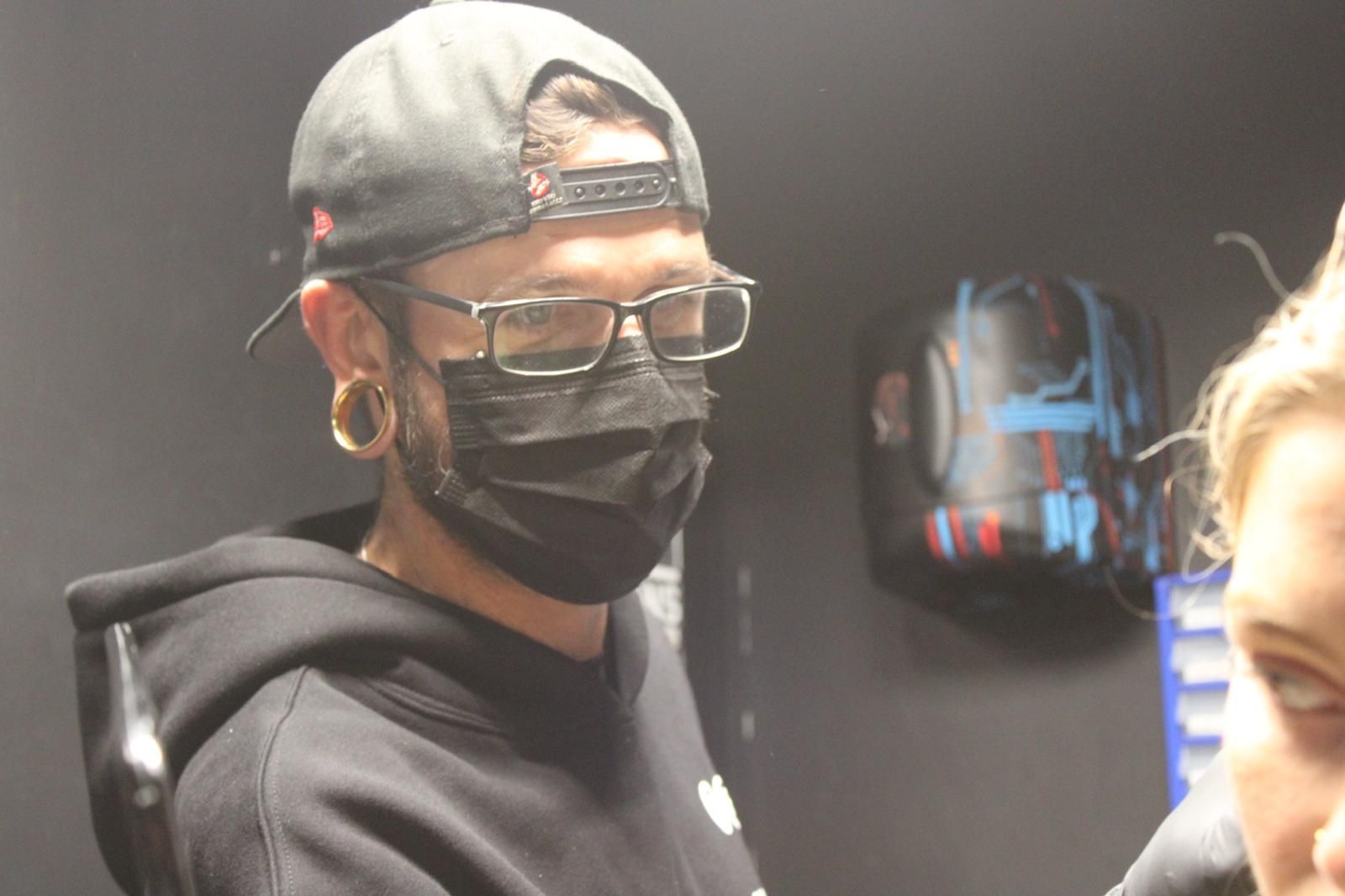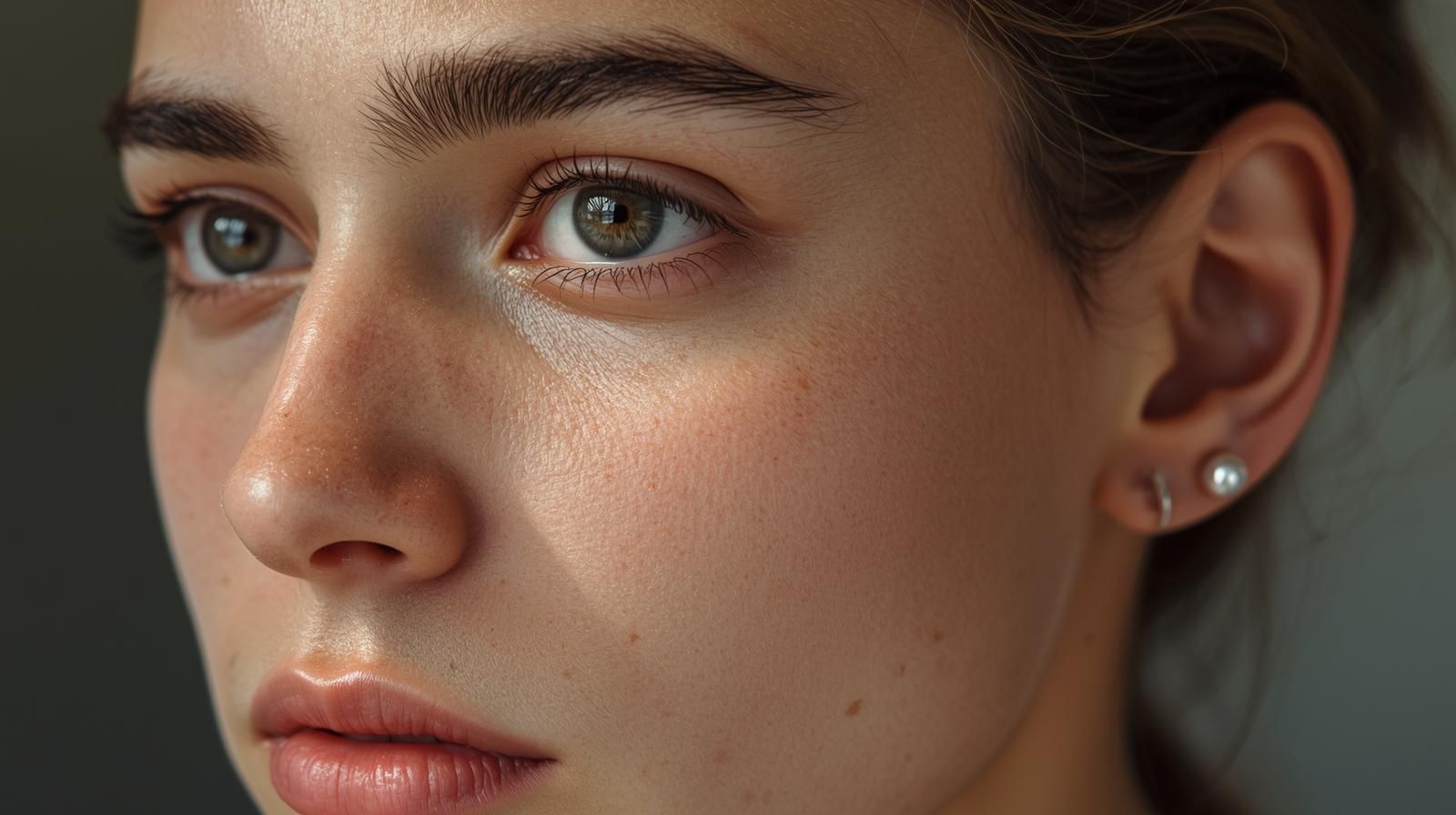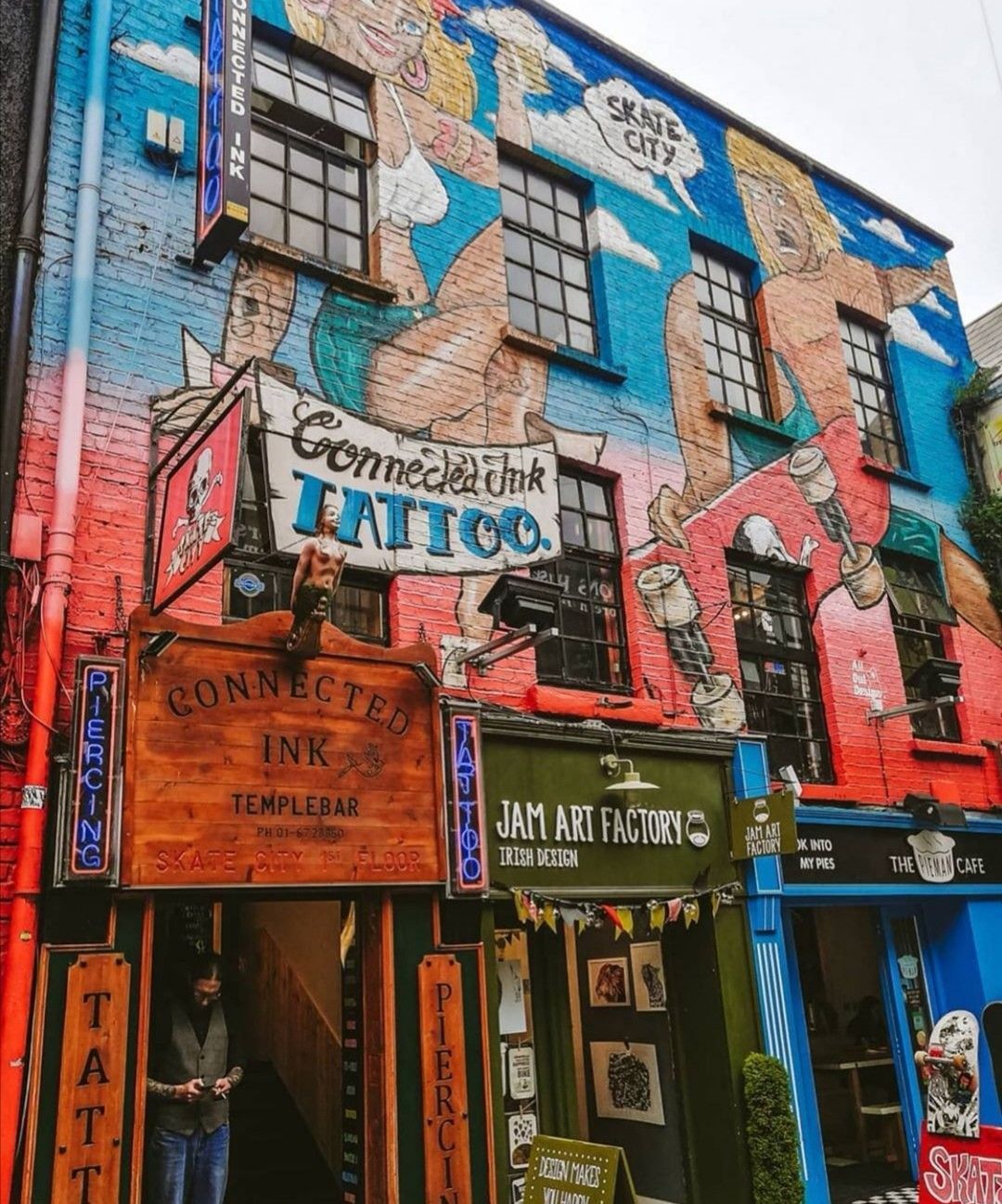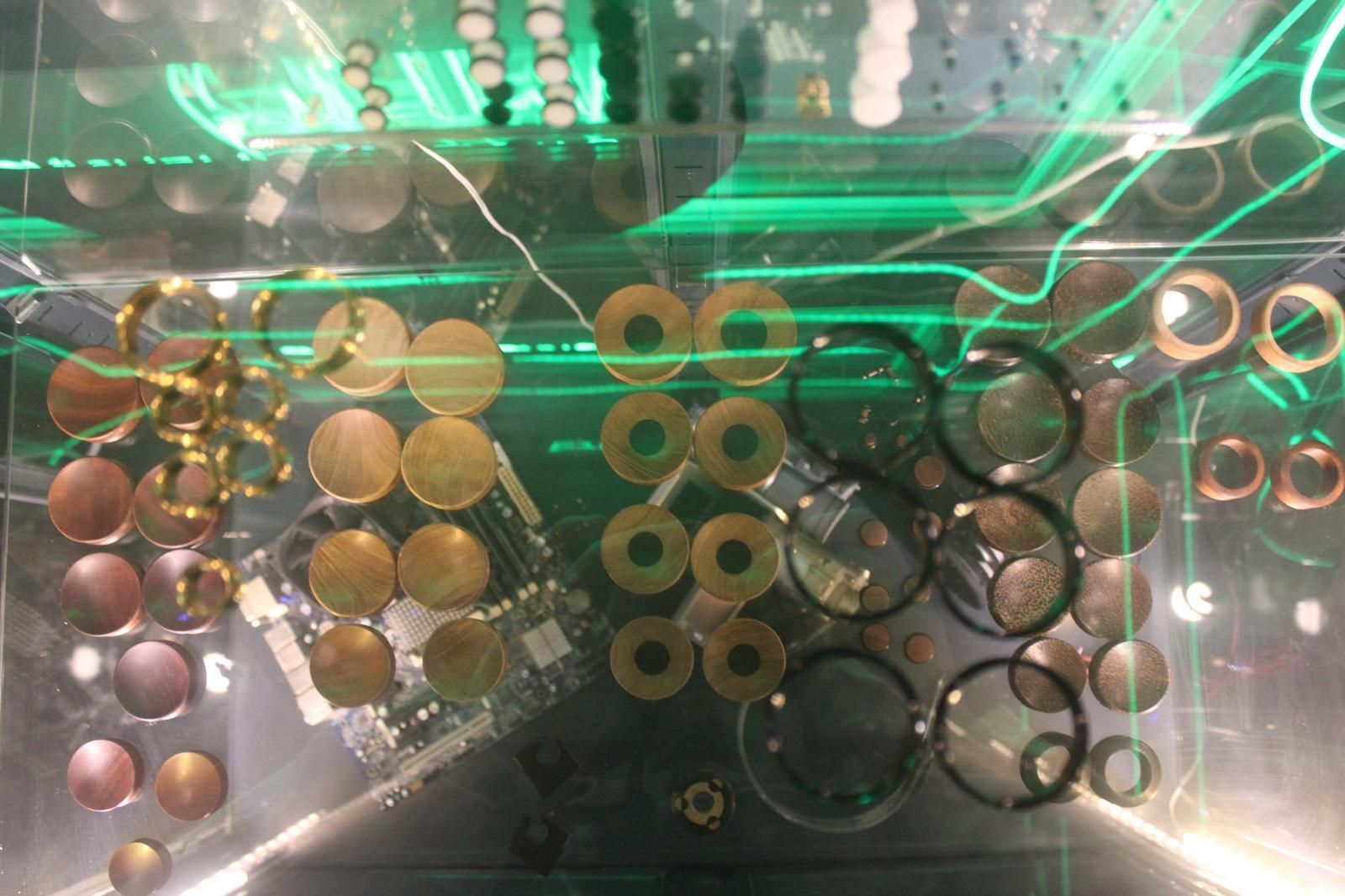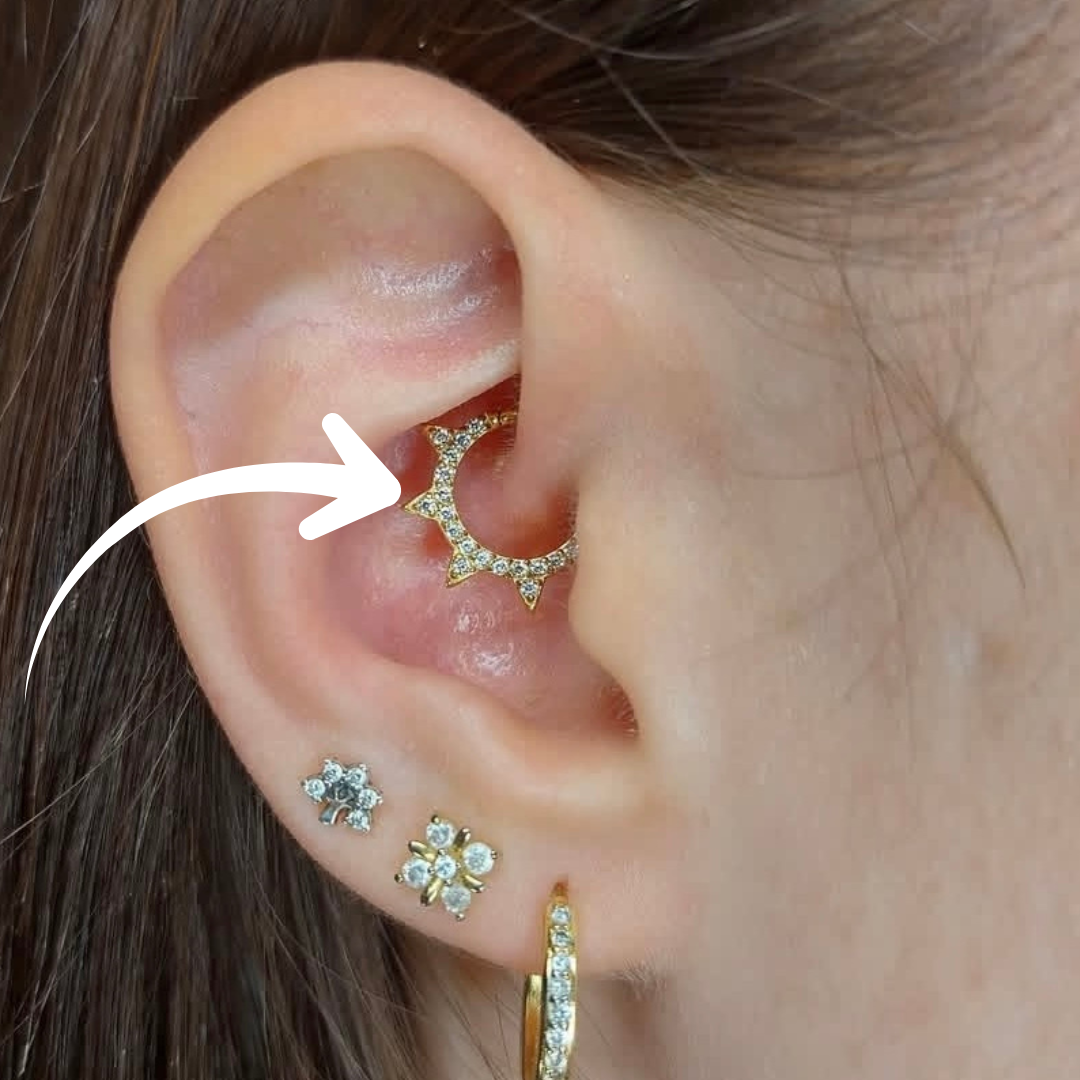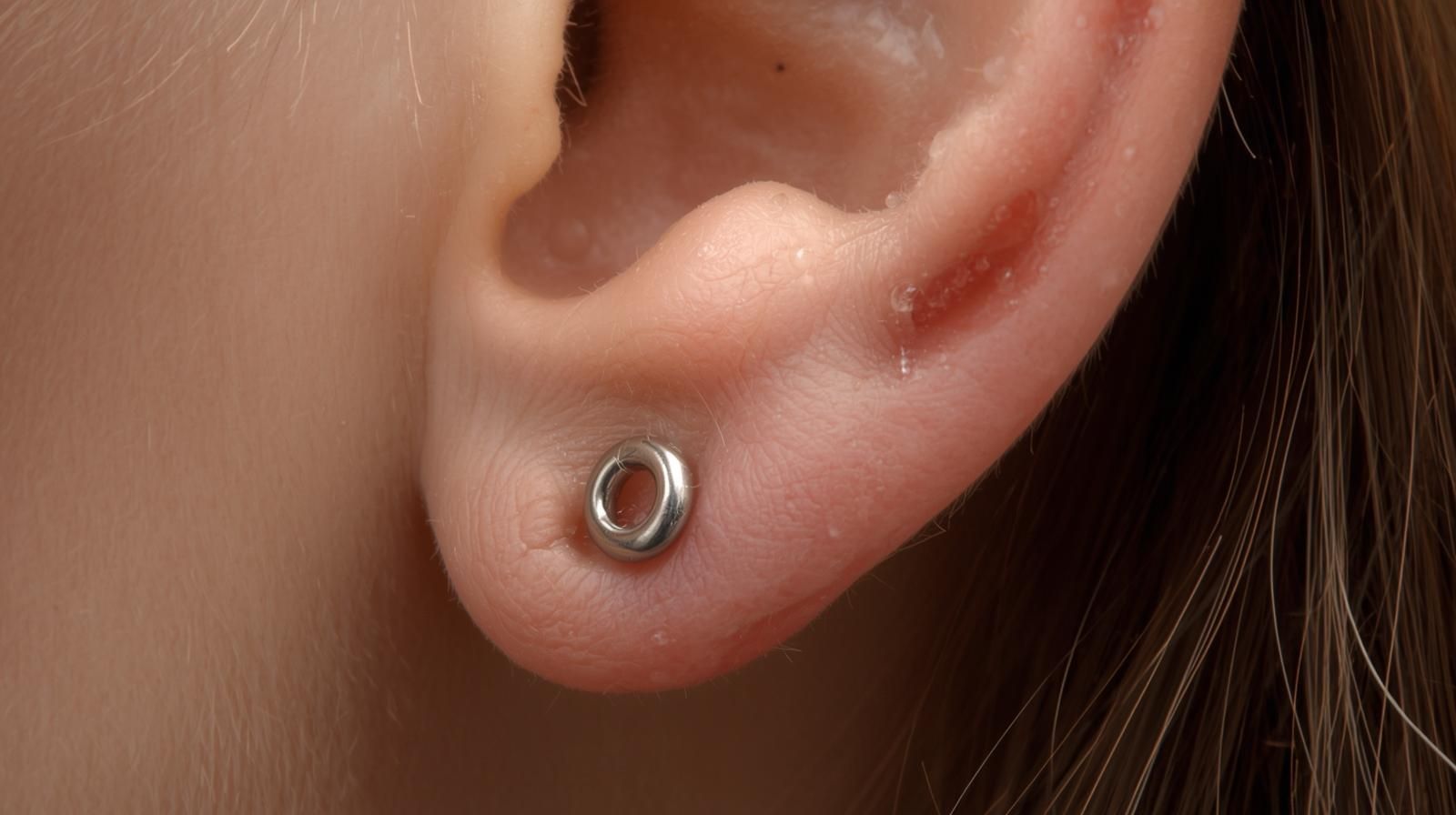Christina Piercing: What Exactly is a Christina Piercing and How Long Does it Take to Heal?
Christina Piercing: What Exactly is a Christina Piercing and How Long Does it Take to Heal?
Christina piercings, also commonly referred to as Venus piercings, have seen a surge in popularity, primarily due to their distinct placement and visual allure. For those considering this body modification, a thorough understanding of the process, including pain levels, healing times, and aftercare protocols, is crucial. This comprehensive guide provides insights into every aspect of Christina piercings, from the decision-making phase through to achieving a successful healing journey.
Understanding Christina Piercing
What is a Christina Piercing?
A Christina piercing is a specific type of female genital surface piercing that is positioned where the outer labia converge at the pubic mound, just above the clitoral hood. Unlike other genital piercings that are designed to enhance sexual pleasure, the Christina piercing is purely ornamental. The piercing's uniqueness is attributed to its reliance on the tension of the skin surface rather than piercing through a fold of skin, which makes it susceptible to migration or rejection over time.
Jewellery Options
The choice of jewellery for a Christina piercing is critical for both comfort and successful healing. The most common options include a surface bar or a custom curved barbell, each designed to accommodate the surface nature of the piercing, thereby ensuring minimal irritation and promoting healing. High-quality materials, such as titanium or surgical steel, should be prioritised to reduce the risk of allergic reactions or infections.
Pain and Healing Process
Pain Level
The pain level associated with a Christina piercing can vary significantly from person to person, largely depending on individual anatomy and the expertise of the piercer. Generally, it is perceived to be moderate to high. The role of a professional piercer is crucial in this context; an experienced practitioner who specialises in genital piercings can significantly mitigate discomfort by ensuring that the procedure is swift and precise.
Healing Time
The healing time for a Christina piercing typically spans 6 to 12 months. However, full healing can extend beyond this period due to the friction caused by clothing and other external factors. Individual healing rates, adherence to aftercare instructions, and lifestyle choices all play a significant role in influencing the duration of the healing process.
Aftercare Instructions
Immediate Aftercare
- Avoid tight clothing that may rub against the piercing site, which can cause irritation or delay healing.
- Use a sterile saline spray daily to cleanse the area, helping to keep it free from bacteria and promoting faster healing.
- Refrain from engaging in sexual activity or exposing the piercing to friction for several weeks to reduce the risk of irritation or infection.
Long-term Care
- Continue to cleanse the area with a saline solution until the piercing is fully healed, which may take several months.
- Avoid submersion in bodies of water, such as pools or hot tubs, during the healing period to minimise exposure to potential contaminants.
- Monitor the piercing for signs of infection, such as redness, swelling, or unusual discharge, and seek professional advice if such symptoms arise.
Suitability and Risks
Who Can Get a Christina Piercing?
Not every individual is suitable for a Christina piercing, as the procedure is highly dependent on personal anatomy. A professional piercer will assess whether the tissue at the intended site can safely support the piercing. Factors such as skin elasticity, tissue thickness, and overall anatomy play crucial roles in determining suitability.
Potential Risks
- Migration or rejection due to the surface nature of the piercing, which is more common in individuals with less suitable anatomy.
- Infection if proper aftercare is not followed, emphasising the importance of maintaining cleanliness and adhering to professional guidelines.
- Scarring or keloid formation, particularly in individuals who are prone to such reactions.
Practical Tips for Successful Healing
Frequently Asked Questions
Conclusion
A Christina piercing offers a unique aesthetic appeal, but it requires careful consideration and a commitment to aftercare. By understanding the intricacies of the piercing process, pain levels, and healing requirements, you can make an informed decision and enjoy a successful piercing experience. Always consult with experienced professionals, like those at Impulse BioWorks & Piercing, to ensure the best possible outcome for your Christina piercing. With proper care and attention, you can achieve a beautiful and enduring body modification that enhances your personal style. Embracing the journey with informed choices and dedicated care practices will ensure that your piercing remains a source of pride and self-expression for years to come.


